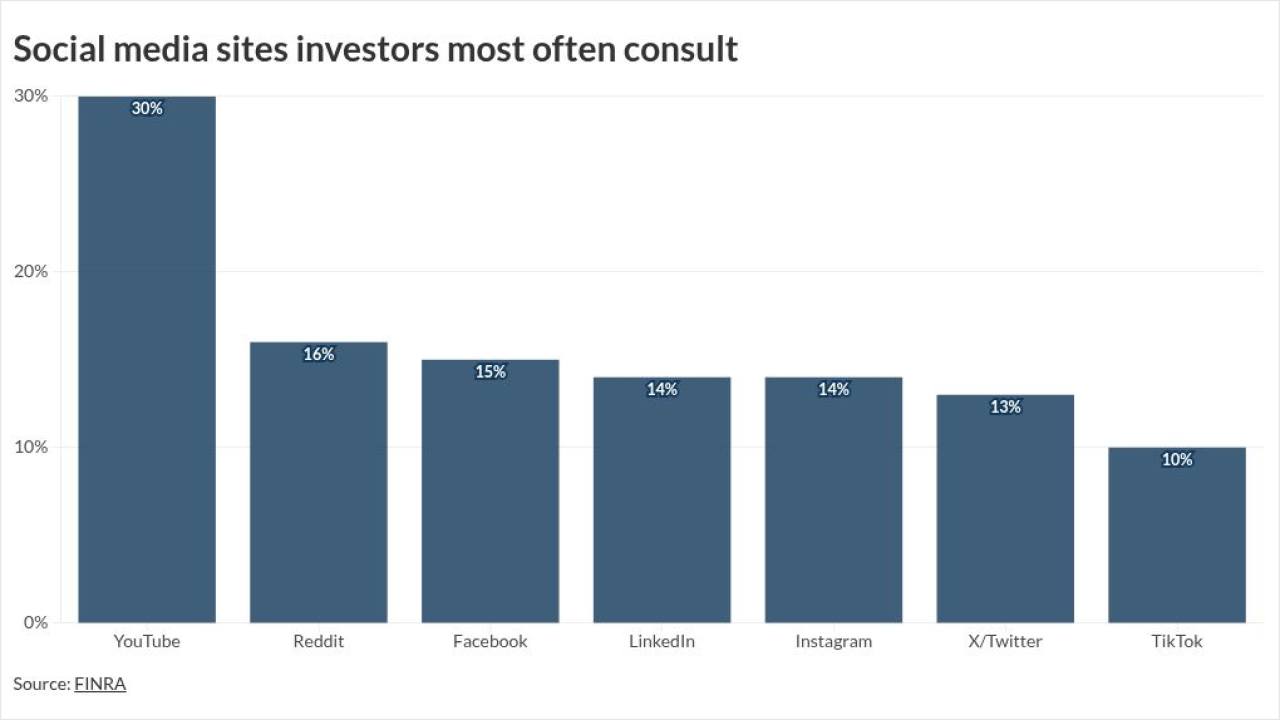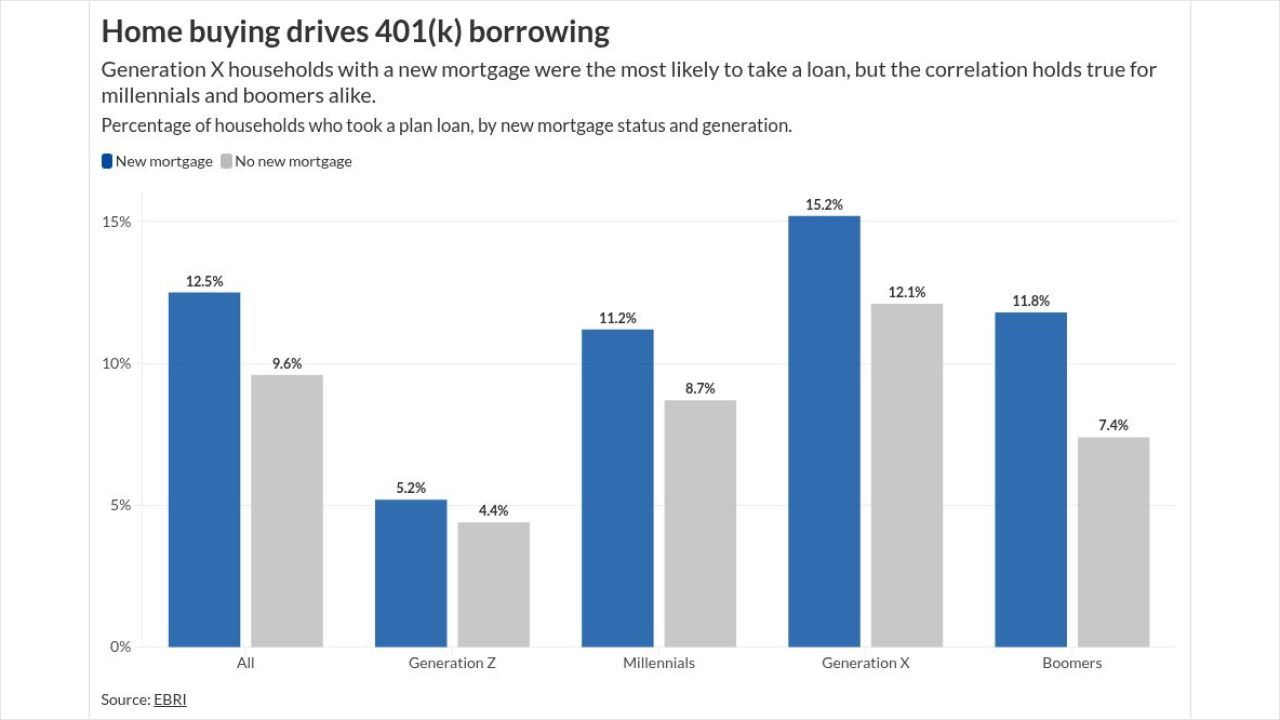Should financial advisors make TikTok part of their digital marketing strategy?
The video sharing app has enormous potential for advisors hoping to connect with next-generation investors, digital marketing experts say. Not only that, TikTok’s algorithm makes it easier for an interested audience to find advisors’ content than other social networks.
“The biggest advantage of TikTok right now is organic growth is still very possible,” says Anna Kloth, founder of The Pineapple Hustle, an online course in digital marketing for entrepreneurs. “In the ways that Facebook used to be 15 years ago and Instagram was five years ago, you can get a huge number of views and visibility and be discovered for free.”
But TikTok also presents unique challenges for financial advisors. For one, how to create engaging videos while also remaining compliant with securities regulations? There are also questions swirling about the data the app collects. Wells Fargo has gone as far as
Archiving, an important element of meeting compliance, is more challenging with TikTok, says Ian Bloom, an advisor and the founder of Open World Financial Planning. Bloom, who regularly posts educational videos to YouTube, has recently been uploading clips to TikTok.
As an XY Planning Network member, Bloom has access to a tool to automatically archive videos he posts on YouTube. Yet the program doesn’t offer the same functionality for TikTok, nor do archiving services Hearsay Social or Smarsh.

It’s not a deal breaker, though. TikTok makes it easy to save a copy of every video outside of the app, says Bloom. Advisors just have to manually upload that video to a storage folder.
“As far as I can see, it meets all the compliance issues facing a small RIA like mine,” Bloom says.
XYPN senior compliance consultant Scott Gill isn’t so sure, saying he would not recommend advisors use TikTok as a marketing platform.
“It always takes a bit of time for securities regulators to evaluate the functionality of social media platforms, and to create interpretative guidance that is specific to how each platform operates,” Gill says in an email. “Until that guidance is provided, it's up to the adviser to create their own interpretation of the regulations and to articulate how their social media policy and practices are within the boundaries of those guidelines. This leaves a lot of gray areas for regulators to unilaterally disagree with the adviser, and to cite deficiencies in a regulatory examination.”
Another concern with TikTok is data privacy. U.S. officials
Advisors need to be careful that any data TikTok collects isn’t in violation of the SEC’s
“In addition, there’s a whole host of state privacy laws,” Marzouk says. “If the information is susceptible to [being shared] with the Chinese government or a ransomware attack — as an advisor those are all concerns.”
Bloom says these concerns about data sharing are identical to those that swirl aroundFacebook, Twitter, YouTube or any other social network. Just to be safe, Bloom has TikTok downloaded on a personal cell phone that never stores or accesses client data.
These concerns have made advisors slow to adopt to TikTok, but the upside may be too large for them to ignore.

That’s true especially for new firms, says Pineapple Hustle’s Koth. TikTok has a
“It is harder [for advisors] because it’s geared towards younger audiences, but it’s … an audience who is used to finding information for themselves on the internet,” Kloth says.
Also, TikTok’s unique algorithm excels at surfacing new videos based on each user’s interests, Kloth says. That means users don’t “follow” someone to see their videos.
“So if somebody shows they have a little bit of interest in financial advice or investing, it’s going to keep showing you videos about that,” she adds.
The 60-second limit on videos also means a user will see far more videos from a greater number of producers in one hour than someone surfing another social media platform.
In just a few weeks of experimenting with TikTok, Bloom already sees how engaging the app can be. When Bloom first started on YouTube two years ago, his videos averaged around 10 views each. On TikTok, Bloom says videos average 150 views.
“And that’s with no subscribers or followers,” Bloom says. “So while [TikTok] hasn’t converted into massive success right away or some viral exposure, it’s way better than YouTube.”





